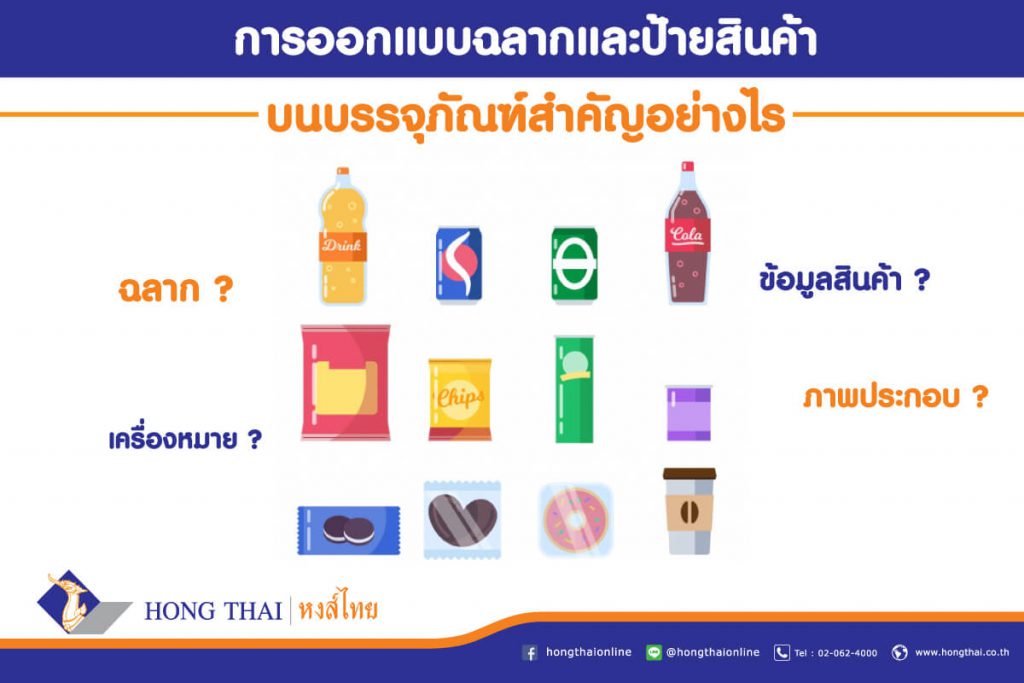An essential marketing strategy is to conduct marketing in a way that has the least impact on production costs. The marketing function follows the principle that consumers decide to purchase products based on both appearance and quality at a reasonable price. Therefore, designing labels and tags on packaging serves as an effective advertising tool without significantly increasing product costs.
Designing Labels and Tags on Packaging
Labels and tags are printed materials that indicate the characteristics and properties of a product or are attached to packaging to display the brand, benefits, usage instructions, and other relevant information. When designing labels and product tags, the following key elements should be considered:
1. Brand Name and Logo – The design should use distinctive fonts and colors that align with the product. It should be easy to read, visually appealing, and appropriately sized for the packaging. For example, on paper coffee cups, paper bowls, or paper plates, the brand logo should be neither too large nor too small.
2. Information – Typically, product labels contain details such as product type, features, benefits, usage instructions, maintenance, precautions, target consumers, and product history.
3. Illustrations and Patterns – The label and tag design should include relevant images, such as product usage, the production process, or raw materials used, to build customer confidence and reinforce brand identity.
4. Symbols – Labels and tags must include trademarks, certification marks, product codes, and barcodes. The design should ensure these elements are arranged aesthetically and appropriately.
The Importance of Label and Tag Design on Packaging
1. To clearly indicate what the packaged product is, whether it is a cardboard box, paper cup, paper glass, paper pouch, or paper bag.
2. To identify the manufacturer, helping customers recognize and remember the product brand more quickly.
3. Label and tag design reflects the product’s personality. For example, the choice of font style for the product name can evoke specific emotions or perceptions among customers.
4. To highlight the product’s benefits. Labels or tags provide essential customer information, such as quantity, weight, usage instructions, ingredients, manufacturing date, precautions, and proper storage methods.
In addition to providing product information, labels and tags on packaging also serve as a sales promotion tool. Attaching labels to food and beverage packaging, or to cardboard and corrugated boxes, enhances brand visibility and creates a lasting impression, making it easier for consumers to recognize and remember the product.






